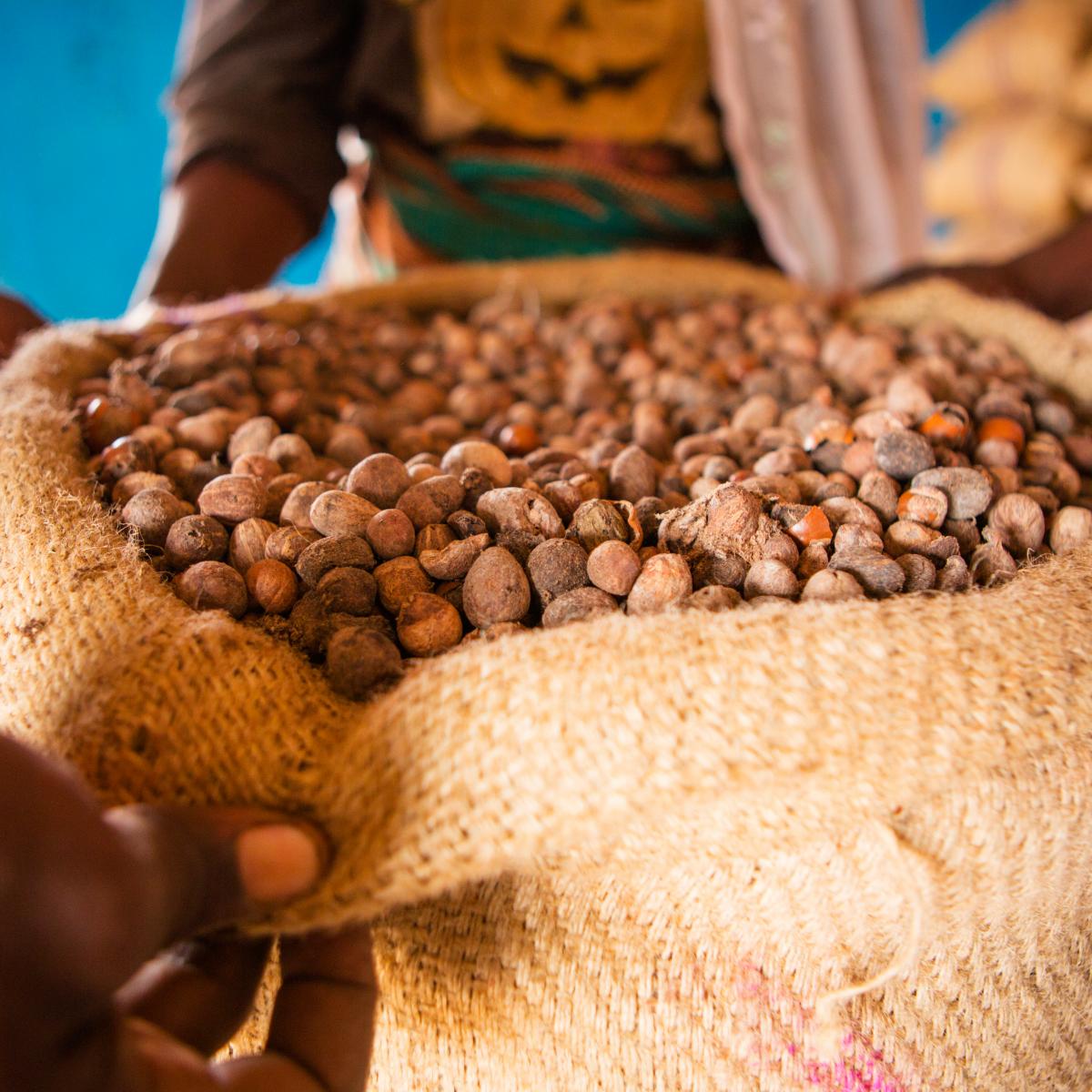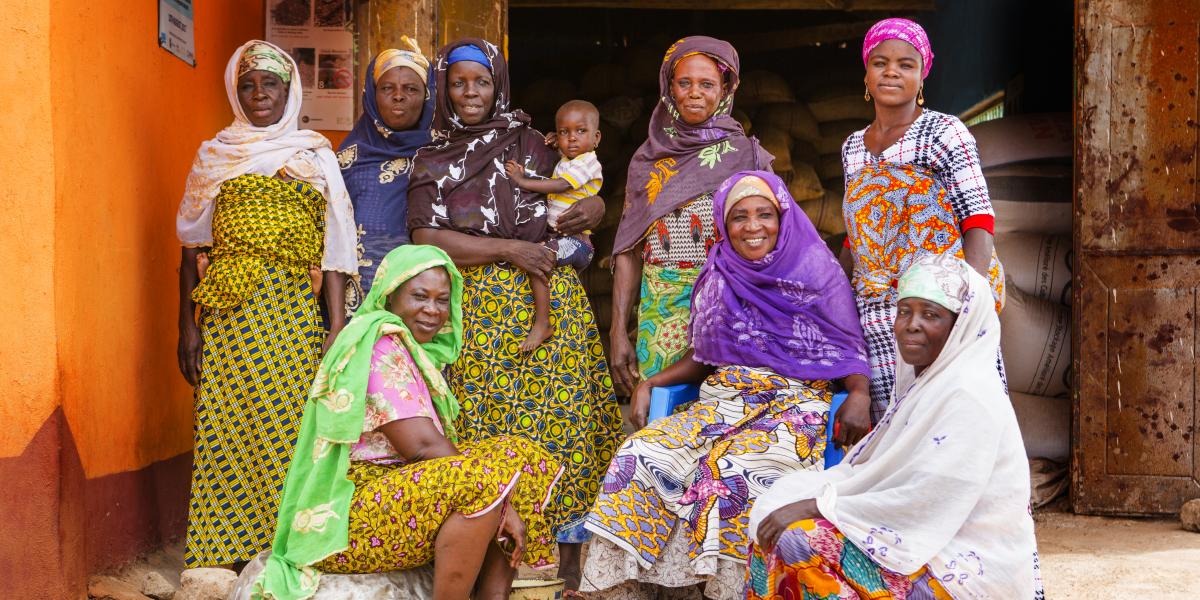She Sells Shea
One woman links Ghanaian villagers with global consumers
Video by Douglas Gritzmacher for USAID. Photos by Douglas Gritzmacher for USAID, Scott Fontaine/USAID and the Global Shea Alliance.
July 2018
It’s a long way from the arid countryside of West Africa to cosmetic stores in the United States, candy shops in Europe and beyond. What links them is the nut of the shea tree — and entrepreneurs like Rita Dampson.
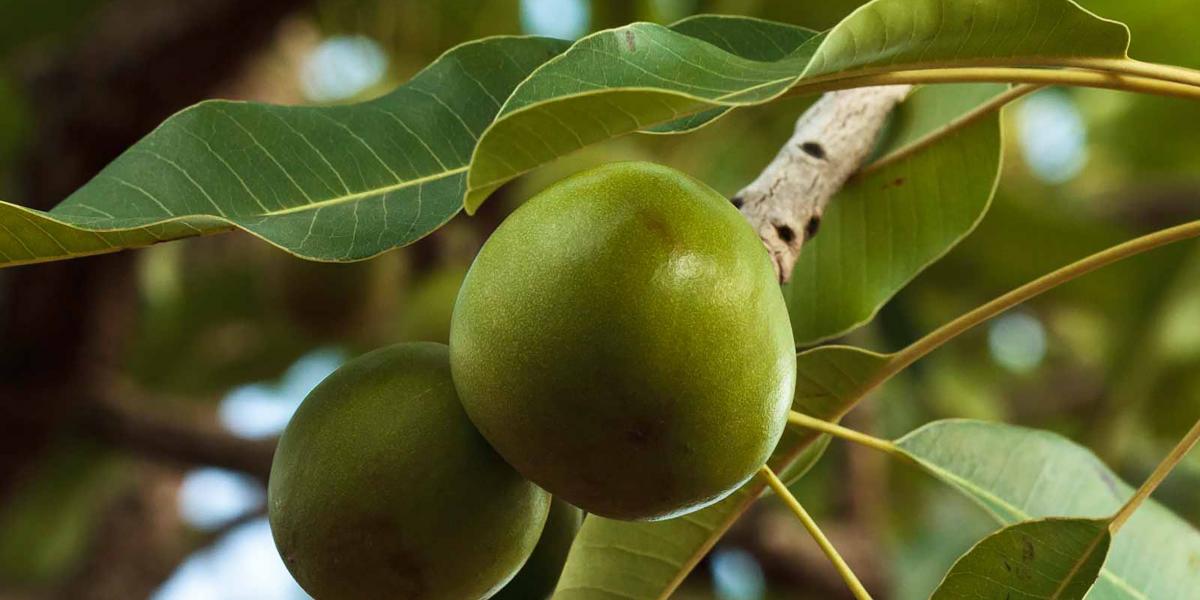
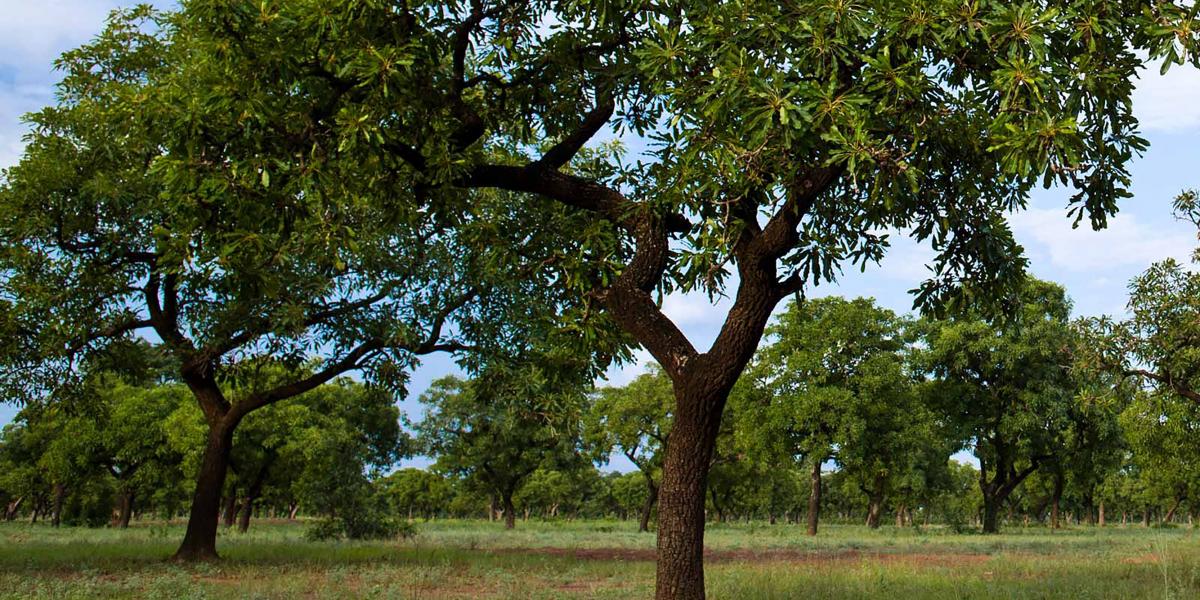
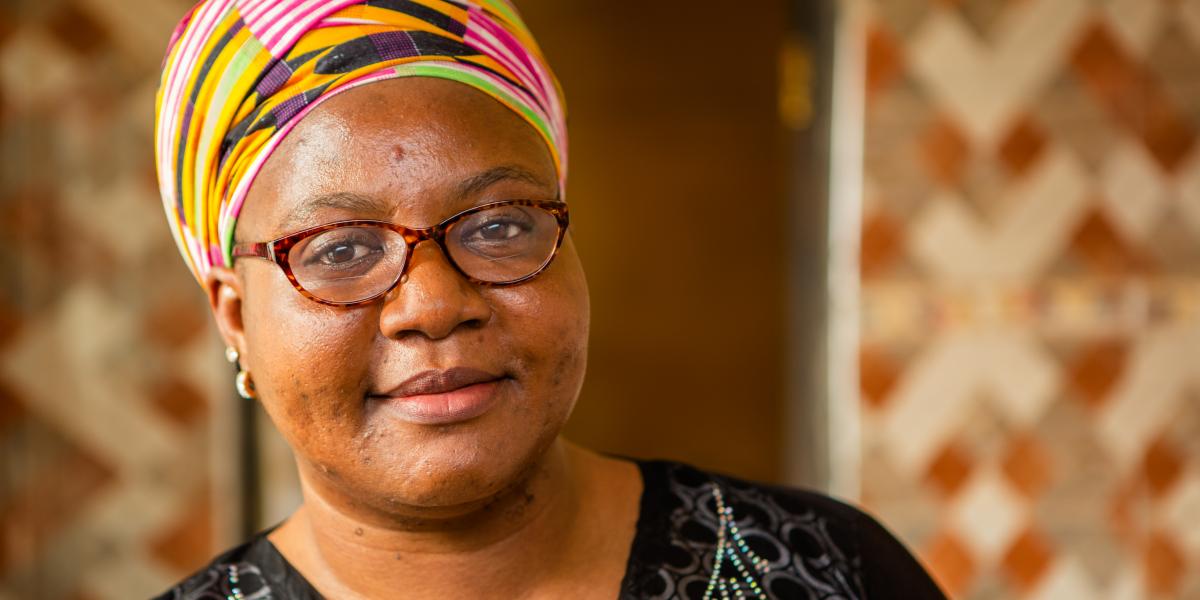
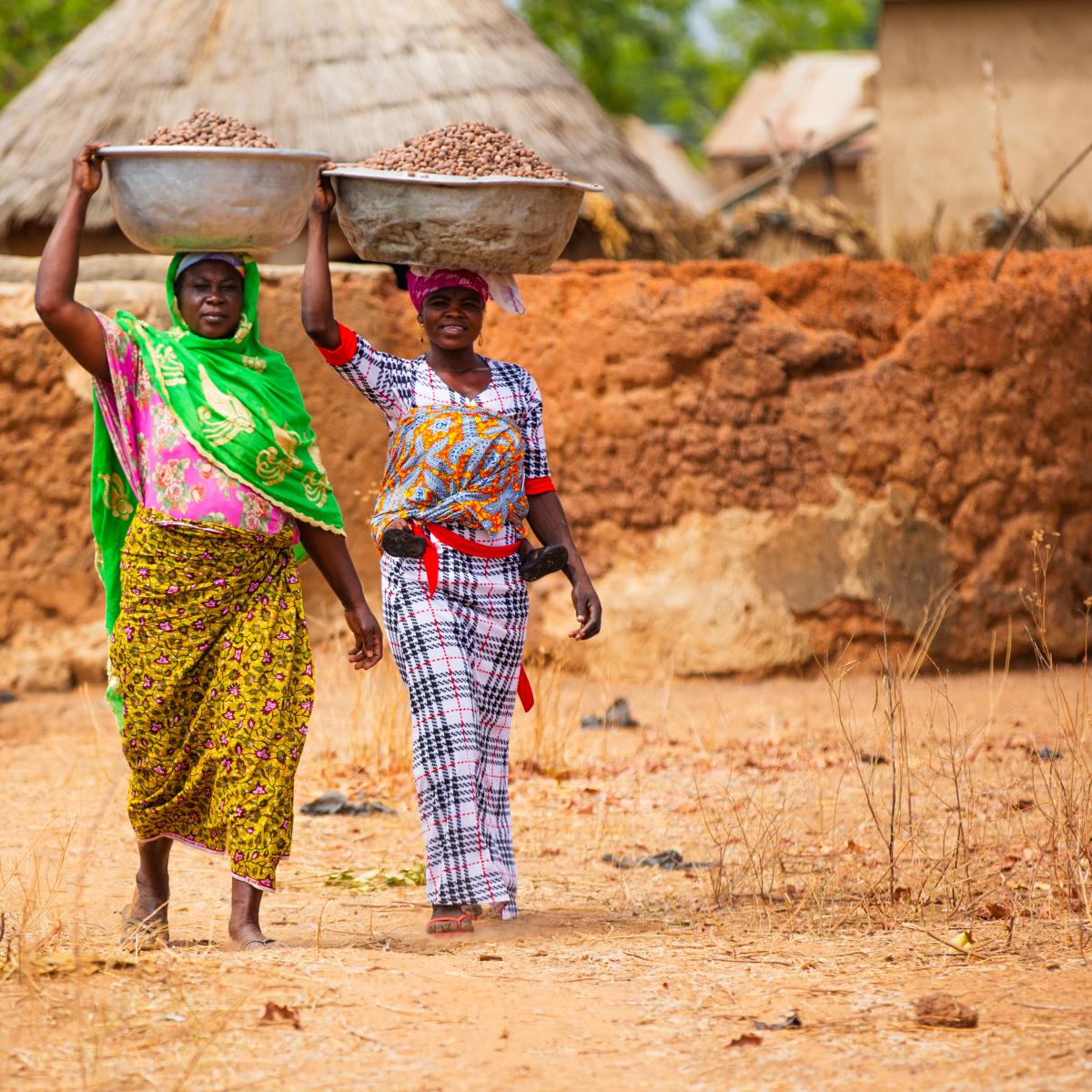
Creating the link
Rita plays many roles: organizer, trainer, matchmaker, ambassador of shea.
She started working with 33 women, and now she has helped organize more than 1,000 shea pickers and producers.
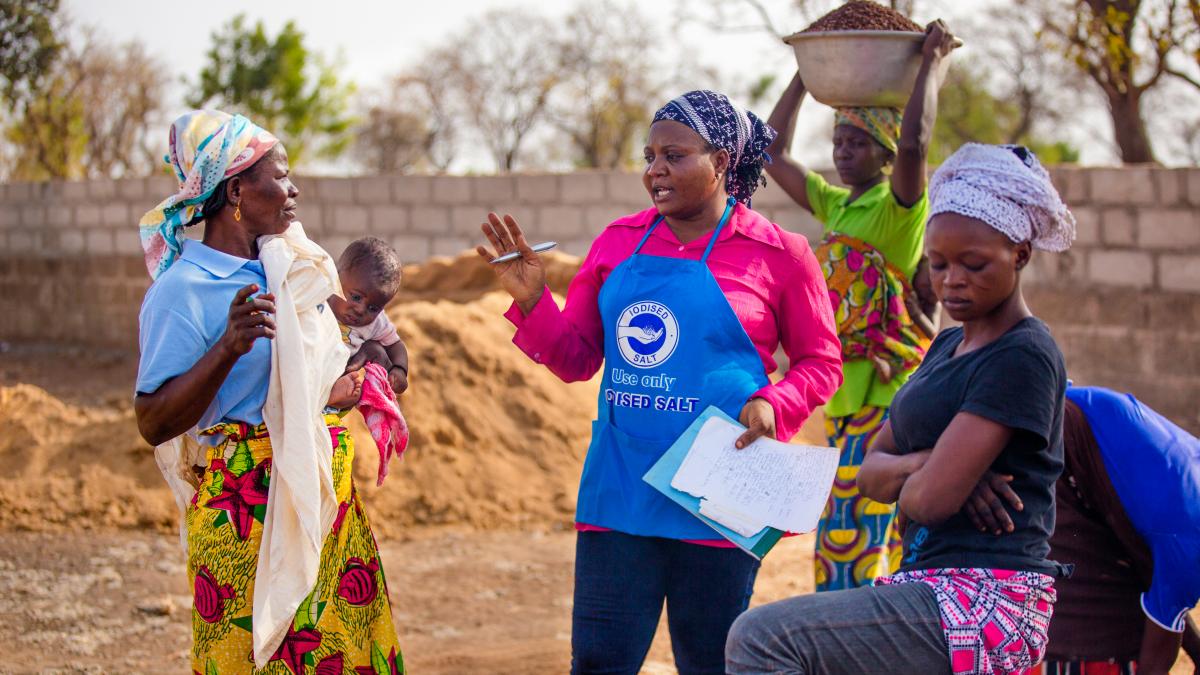
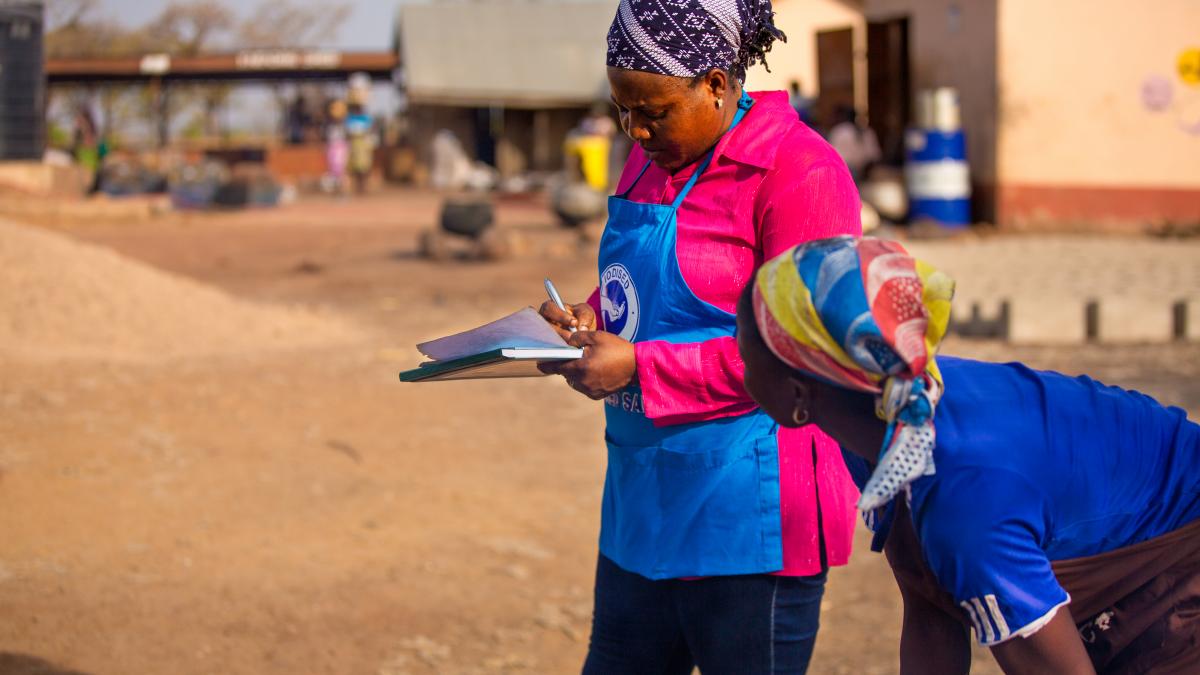
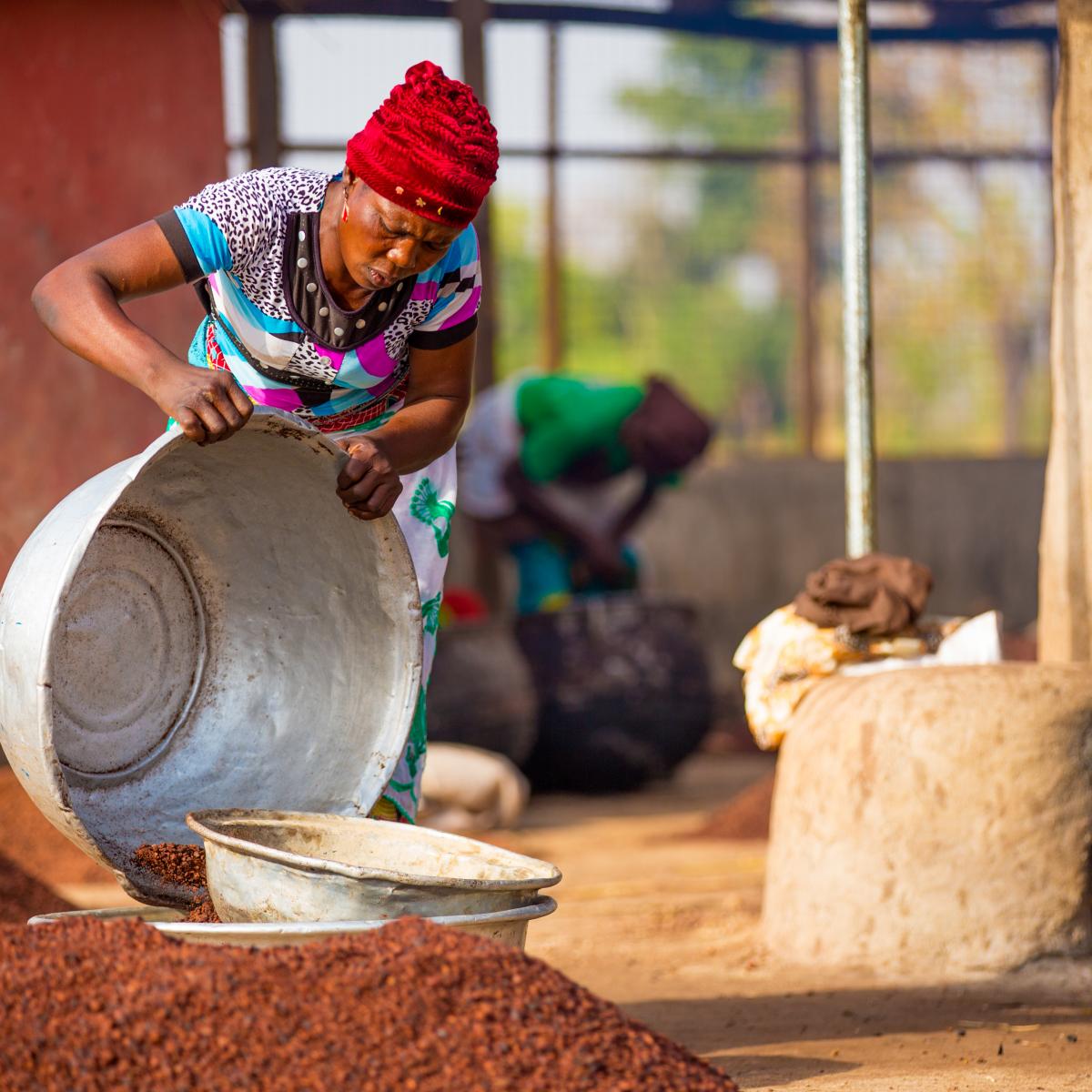
Hard work
In one village where Rita works, Gupanarigu in northern Ghana, more than 130 women are involved in the shea trade.
Shortly after sunrise each day, dozens arrive at the production center to transform nuts into butter.
As the hours pass, they wash, crush, roast, mill, knead, boil, strain and more.
“Shea butter processing is hard work,” says Rita. “Though it is very hard, still the women are so happy.”
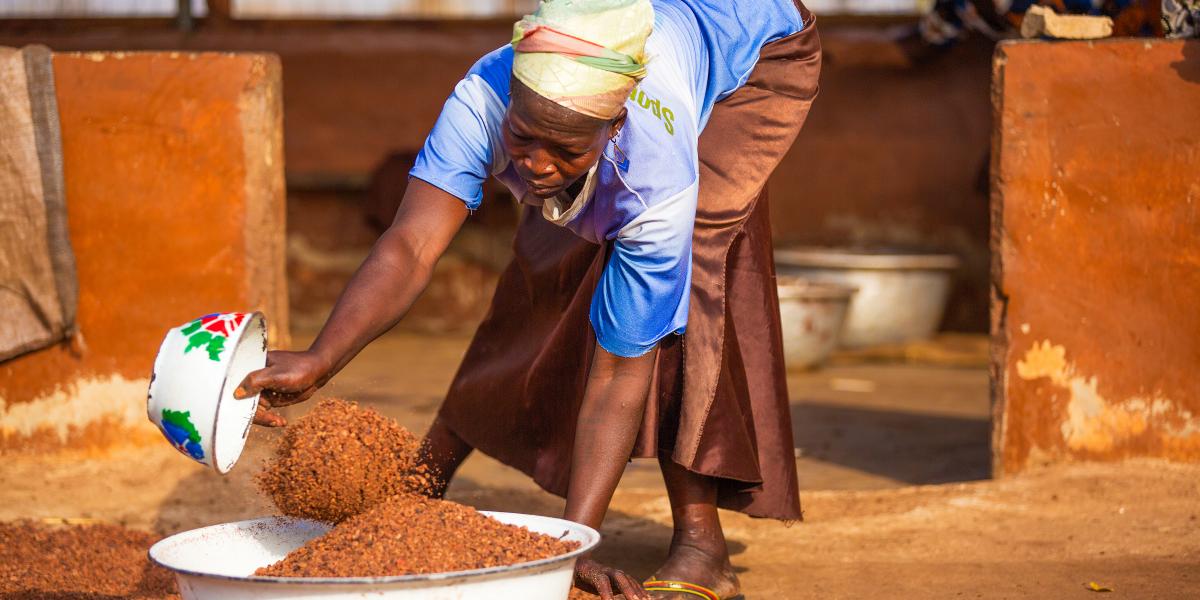
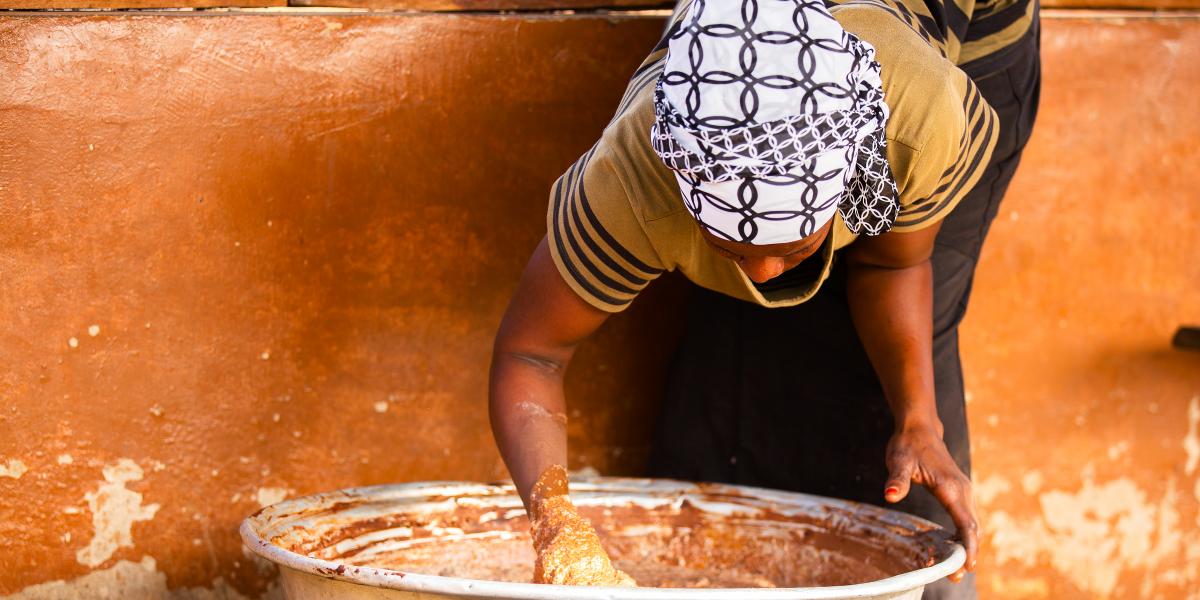
Women at Rita's cooperative and at similar organizations across West Africa learn to follow best practices in producing shea butter to ensure that they deliver a reliable product.
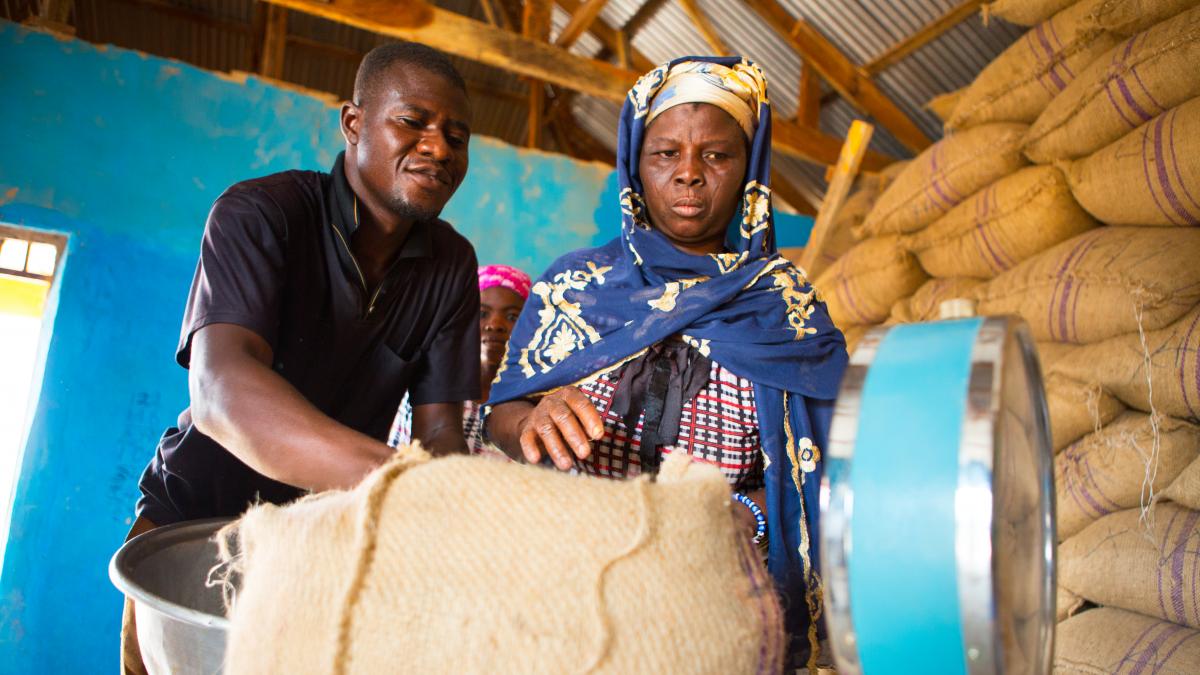
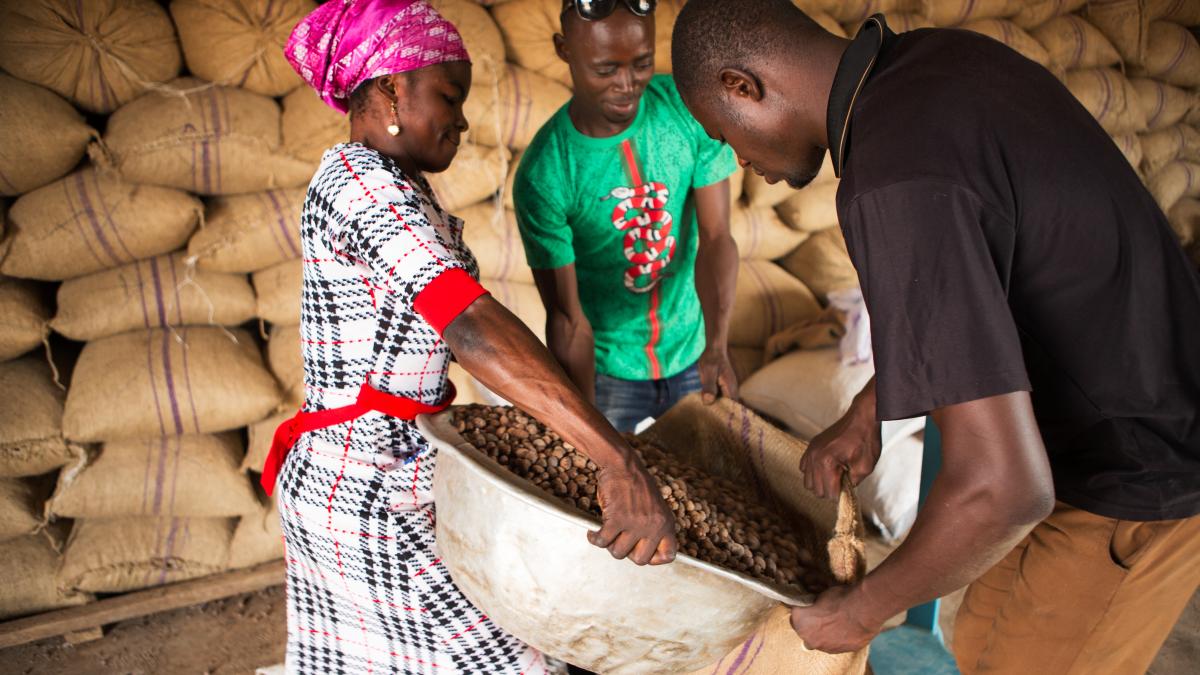
Creating impact
The work brings much-needed steady income to these communities, where families often rely on the boom-and-bust agricultural cycle.
Women like Abibata Haruna earn income year-round now and have built houses for their families. Others have started businesses that sell food, drinks and supplies to the shea processors.
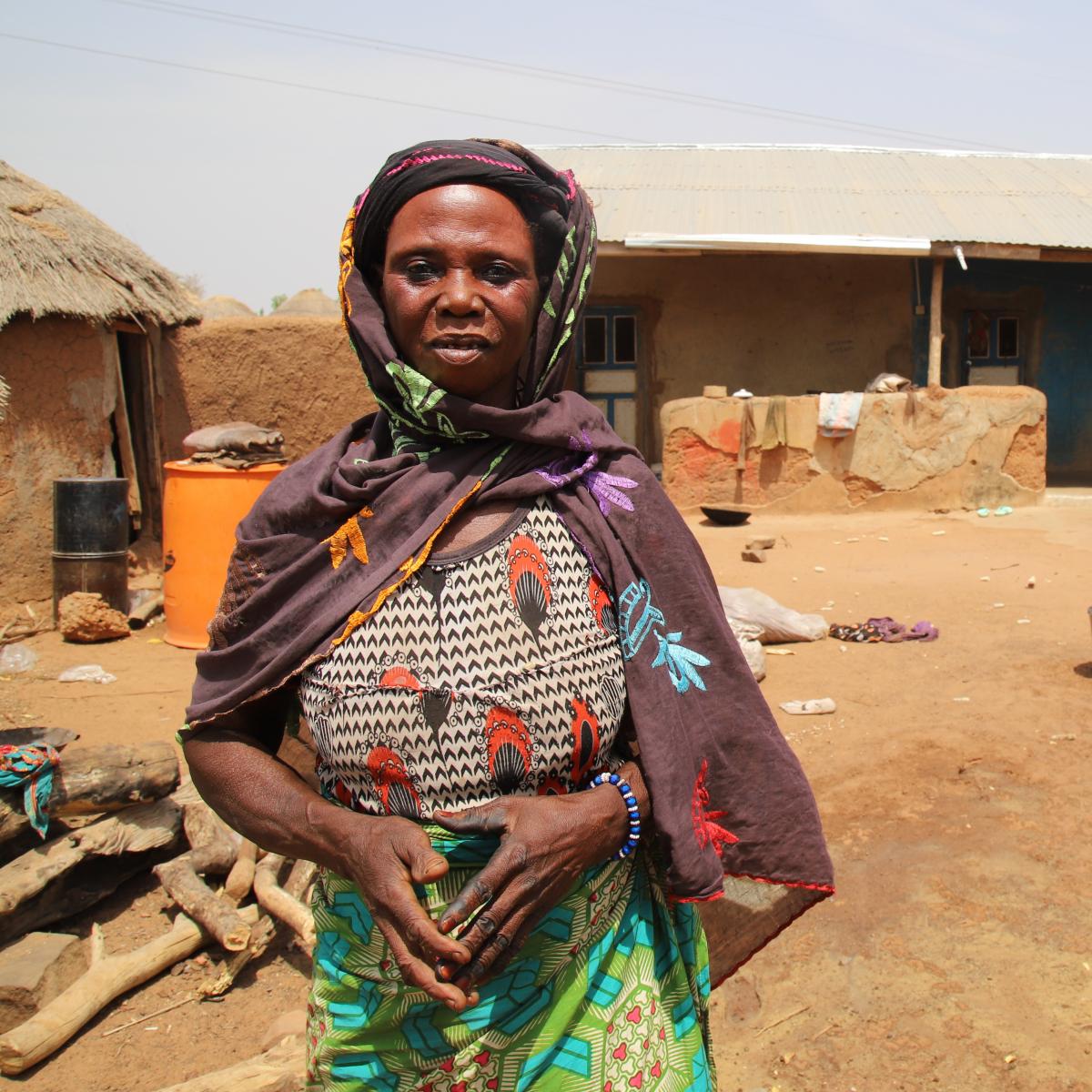
About This Story
Throughout West Africa, USAID and the Global Shea Alliance are helping women living in villages organize into a force for transformation. The program empowers them through hands-on training focused on improving production, organizing financing and linking them with international distributors.
USAID and the Global Shea Alliance connect 16 million women from 21 African countries to food and cosmetic markets in the United States, the Americas, Europe, Asia, Australia, and Africa.
By connecting these communities to the global market, USAID helps families engage in international trade, earn a reliable source of income and helping their countries on their journey to self-reliance.
Through partnerships with more than 20 American companies—from large international food brands to small cosmetic suppliers—USAID’s investments empower rural women and improve the traceability and quality of products in this growing field.


